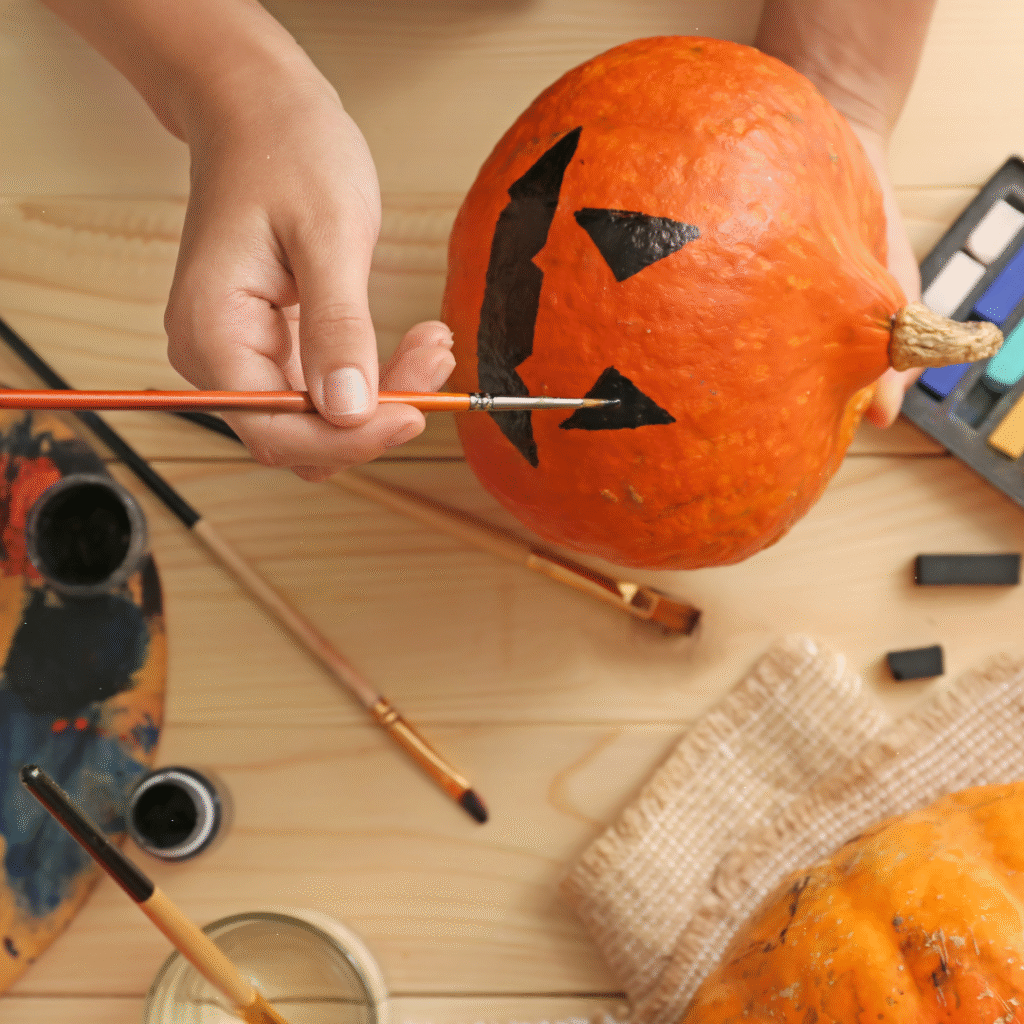How to Encourage Communication During Busy Family Events: A Parent’s Guide
Why Communication Can Feel Harder at Family Events
Family gatherings are full of excitement, noise, new faces, and unpredictable routines. For neurodivergent children — especially those who use AAC, are Gestalt Language Processors, or are developing communication skills — these environments can overwhelm their nervous systems.
But with the right supports in place, busy family events can become opportunities for connection, confidence, and communication growth.
Here are practical, ABA-informed, neurodiversity-affirming strategies to help your child communicate successfully during holidays, celebrations, and family visits.
🗣️ 1. Use AAC-Friendly Supports Throughout the Event
If your child uses an AAC device or communication board, you can set them up for success with a few simple steps:
✔ Add holiday vocabulary ahead of time
Words like:
• “cousin” • “grandma” • “play”
• “hungry” • “quiet room” • “too loud”
• “all done” • “break”
• names of food items
• favorite toys or activities
✔ Keep AAC accessible
Strap or shoulder bag for easy carry
Place the device near your child during meals or transitions
Remind relatives not to “take away” AAC or treat it as optional
✔ Model AAC without pressure
Use the child’s device yourself to show how it works:
“I feel happy”
“I want more pie”
“Let’s go play”
This teaches functional communication without requiring the child to imitate you.
🧡 2. Teach Children How to Ask for Breaks
Breaks are essential during loud, busy, or overstimulating events. Teaching a child how to ask for a break ahead of time reduces anxiety and prevents meltdowns.
✔ Practice “break requests” before the event
Use simple scripts like:
“I need a break.”
“Too loud.”
“Help please.”
“All done.”
For AAC users, ensure these phrases are easy to find and practice tapping them with your child.
✔ Create a designated “break space”
Show your child where they can go when they need:
🛋️ quiet
🎧 headphones
🧸 sensory tools
📚 a calm activity
Knowing this spot exists helps them feel safe and in control.
✔ Reinforce break requests immediately
If your child says “break,” respond quickly:
“Thank you for telling me. Let’s go together.”
This builds trust and encourages future communication.
🍽️ 3. Use Visual Choices for Food & Activities
Visual supports reduce overwhelm and increase independence — especially when there are many options at a family gathering.
✔ Create a simple “food choice board”
Use pictures or icons of:
Turkey
Mashed potatoes
Bread
Fruit
Snacks they tolerate
Their safe foods brought from home
Let them point or tap what they want without needing to verbalize.
✔ Use activity choice visuals
Examples:
📺 quiet time
🎨 coloring
🧩 puzzles
🚗 play with cars
🏃♂️ outside
🎧 break space
This empowers the child to make choices without frustration.
✔ Pre-teach choices before the event
Show them the visuals and say things like:
“When we get to grandma’s, you can choose what you want to eat.”
“If you need something fun to do, here are your choices.”
🗣️ 4. Model Communication in Real Time
Children learn communication best through natural interactions — not forced drills.
Here are ways to model during a family event:
✔ Model commenting, not just requesting
“You’re playing with cars!”
“That looks fun.”
“Yummy food!”
“Wow, that’s loud — I’m taking a break.”
✔ Narrate your own feelings or needs
“I’m feeling a little tired, I’m going to take a break.”
“I need help opening this.”
“I’m excited to see everyone!”
This teaches emotional vocabulary + self-advocacy.
✔ Show communication with gestures, signs, visuals, AAC
The message:
All communication is valid.
✔ Celebrate every communication attempt
Pointing, tapping, handing you something, pulling your hand, eye contact, AAC taps — they all count.
🧡 5. Prepare Family Members Ahead of Time
A quick message to relatives can make a huge difference.
Share things like:
“Please speak slowly and give space for processing.”
“They may need breaks often.”
“Please don’t force hugs or greetings.”
“They communicate in different ways — gestures, AAC, visuals.”
This creates a supportive, neurodiversity-affirming environment for your child.
Final Thoughts
Busy family gatherings can create beautiful opportunities for communication — when children feel supported, safe, and understood.
Using AAC modeling, break requests, visual supports, and real-time communication examples, your child can participate in ways that feel comfortable and empowering.
Every step — big or small — is progress. 💛

 1. Nature Walk & “I Spy” Scavenger Hunt
1. Nature Walk & “I Spy” Scavenger Hunt Choose a quiet park or trail
Choose a quiet park or trail 2. Leaf Sorting & Sensory Exploration
2. Leaf Sorting & Sensory Exploration Gently rub leaves between fingers to feel the texture
Gently rub leaves between fingers to feel the texture Blow leaves off a table to support breath control
Blow leaves off a table to support breath control 3. Pumpkin Painting (Not Carving)
3. Pumpkin Painting (Not Carving) Brush painting for low-mess sensory input
Brush painting for low-mess sensory input Stickers, googly eyes, or sponge painting
Stickers, googly eyes, or sponge painting 4. Fall-Themed Sensory Bins
4. Fall-Themed Sensory Bins Hide letters or picture cards inside
Hide letters or picture cards inside Practice turn-taking and requesting items
Practice turn-taking and requesting items Label objects to build vocabulary
Label objects to build vocabulary 5. Apple Taste Test & Cooking Activity
5. Apple Taste Test & Cooking Activity Sliced apples (different types)
Sliced apples (different types) Warm apple crisp or baked cinnamon apples
Warm apple crisp or baked cinnamon apples 6. Cozy Corner with Autumn Sensory Items
6. Cozy Corner with Autumn Sensory Items Soft blanket
Soft blanket Fall-scented diffuser (if tolerated)
Fall-scented diffuser (if tolerated) Autumn-themed books
Autumn-themed books 7. Costume Dress-Up Practice (Without the Halloween Stress)
7. Costume Dress-Up Practice (Without the Halloween Stress)
 What Is After-School Restraint Collapse?
What Is After-School Restraint Collapse? Why Meltdowns Happen After School
Why Meltdowns Happen After School How ABA Therapy Can Help
How ABA Therapy Can Help Practical Tips for Parents Right Now
Practical Tips for Parents Right Now Final Thoughts
Final Thoughts

 2. Set Simple, Achievable Goals
2. Set Simple, Achievable Goals Celebrate small wins! Summer is a great time to build confidence in a low-pressure setting.
Celebrate small wins! Summer is a great time to build confidence in a low-pressure setting. 4. Plan for Transitions
4. Plan for Transitions Even just previewing what’s coming can help reduce meltdowns and increase cooperation.
Even just previewing what’s coming can help reduce meltdowns and increase cooperation. 5. Stay Connected to Your ABA Team
5. Stay Connected to Your ABA Team Contact us today to learn how our ABA team can support your family through every season.
Contact us today to learn how our ABA team can support your family through every season.
